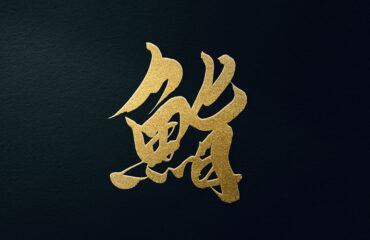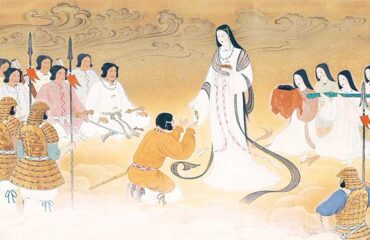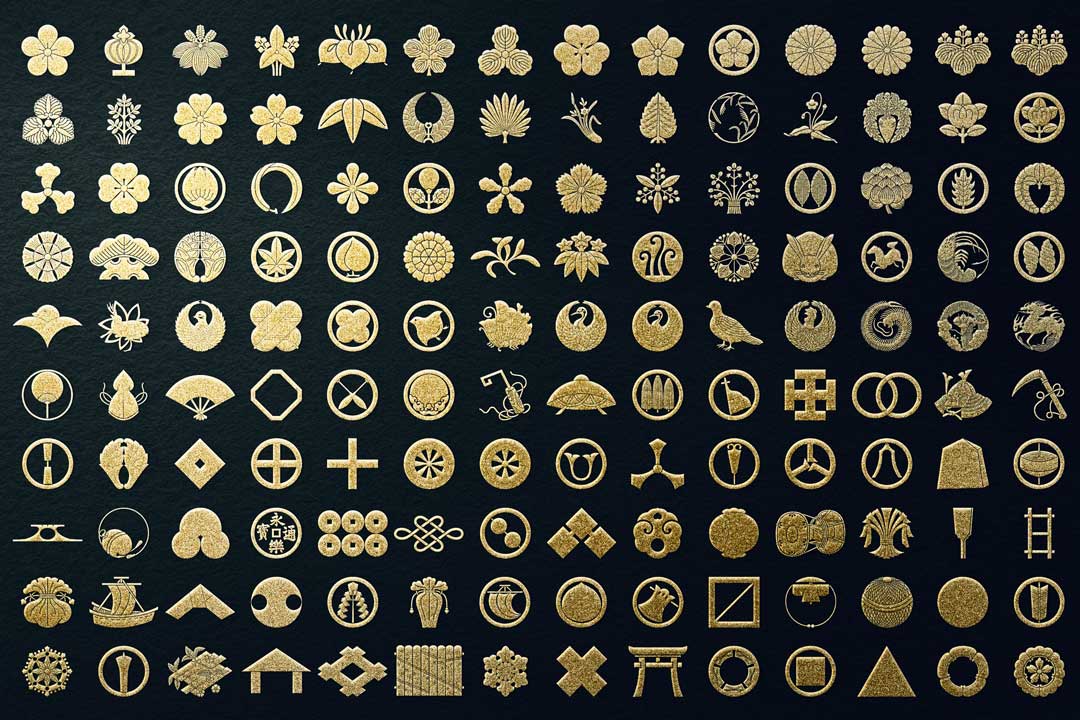
Japanese culture is renowned worldwide for its uniqueness and profound symbolism.
In this blog, we delve into the symbols at its core, exploring their meanings and origins.
From traditional symbols to contemporary pop culture, let’s explore the richness of Japan’s symbolic expressions.
1 : Traditional Japanese Symbols
Japanese traditional symbols are diverse, and their meanings are profound.
For instance, the crane symbolizes longevity and happiness, and the origami crane is particularly recognized as a symbol of peace.
On the other hand, the turtle represents longevity and perseverance, while the cherry blossom expresses the beauty and fleeting nature of life.
Additionally, the chrysanthemum, deeply connected with the Imperial family, symbolizes authority and longevity.
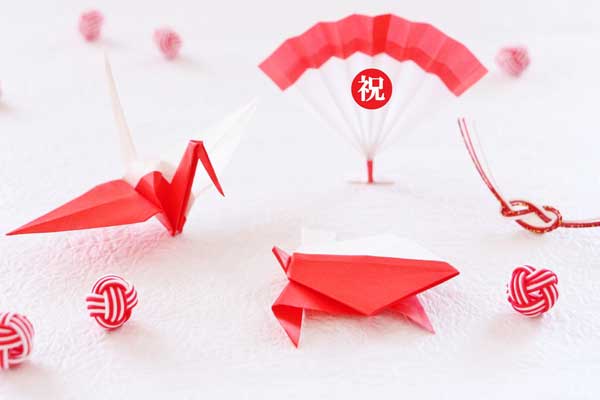
2 : Japanese Family Crest Symbols – Kamon
Just as everyone is born with a family name, every family in Japan has a family crest.
The family crest is a symbol that is shared by family members, relatives, and other blood relatives.
It is said that the family crest originated in the Heian period (794-1185) when court nobles and aristocrats attached their favorite designs to oxcarts to identify the ownership of their possessions instead of their own names.
Read more about Japanese crest symbols Kamon
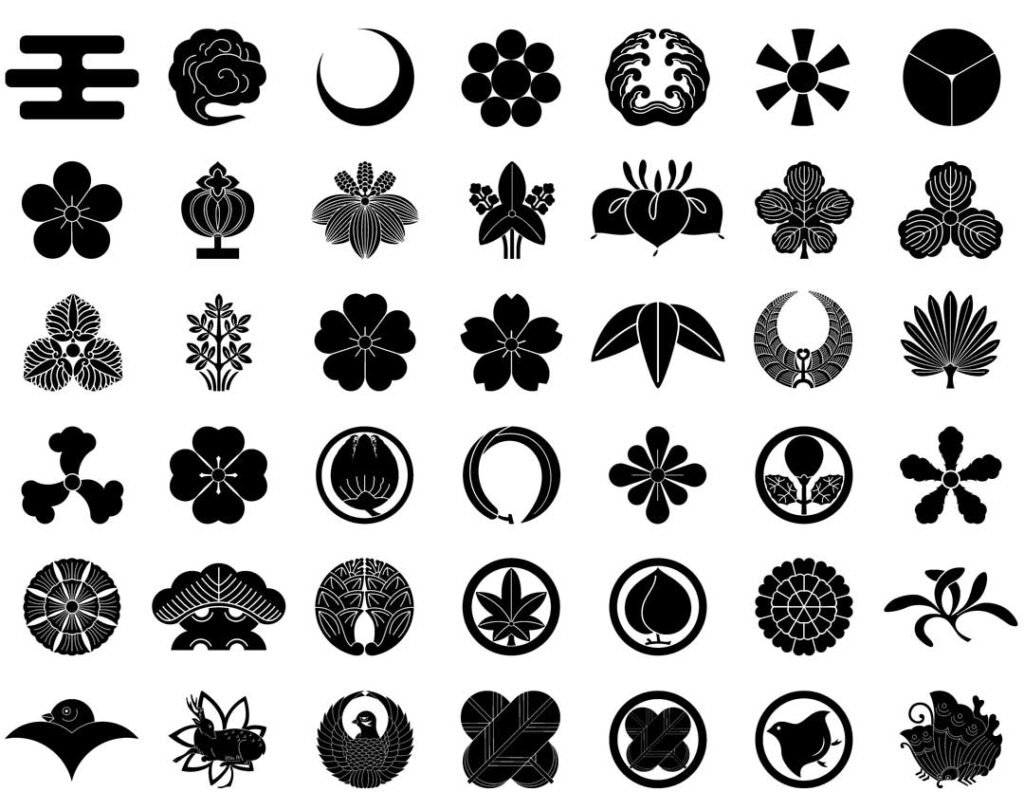
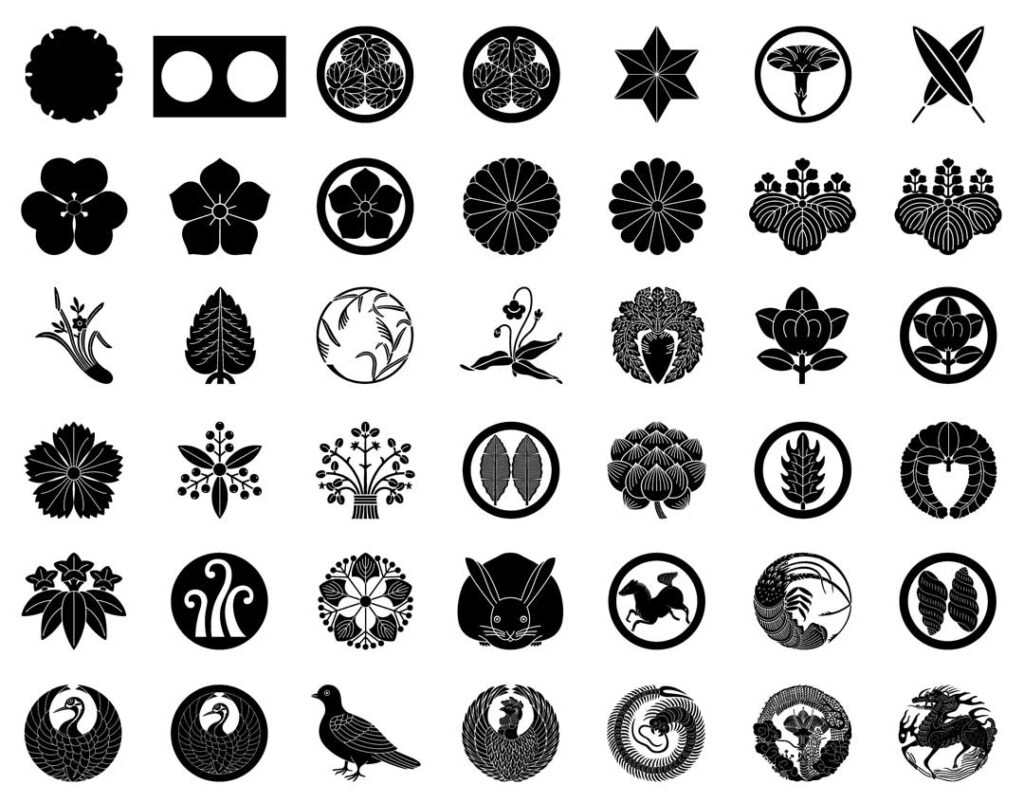
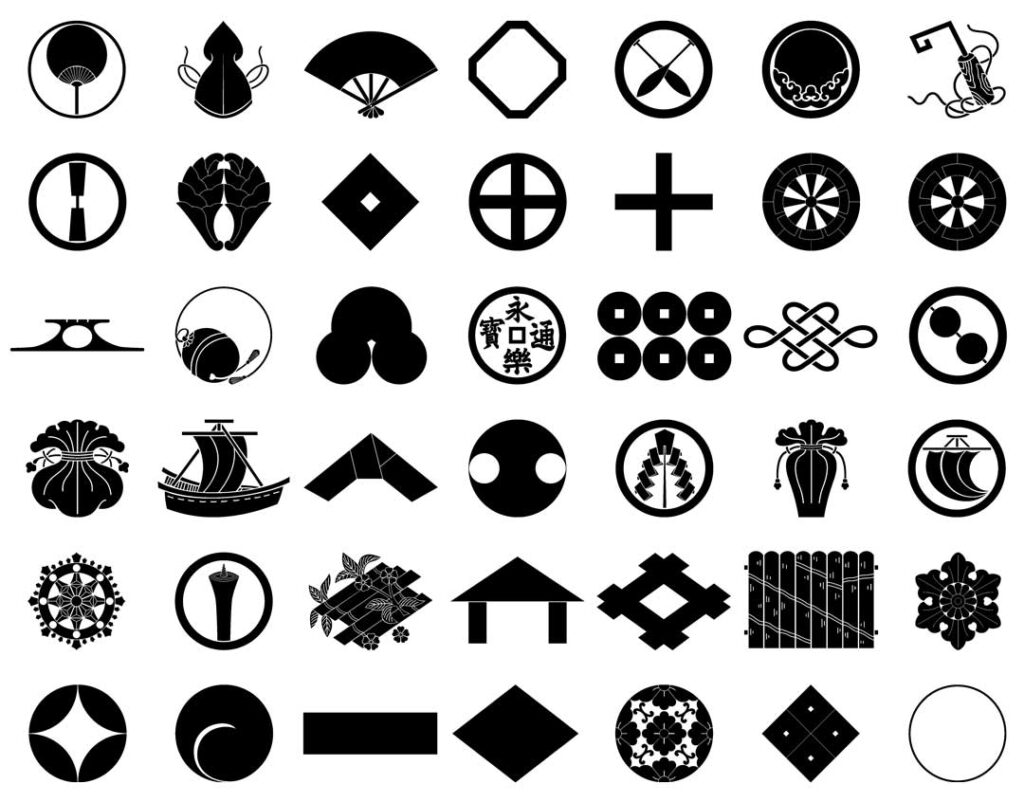
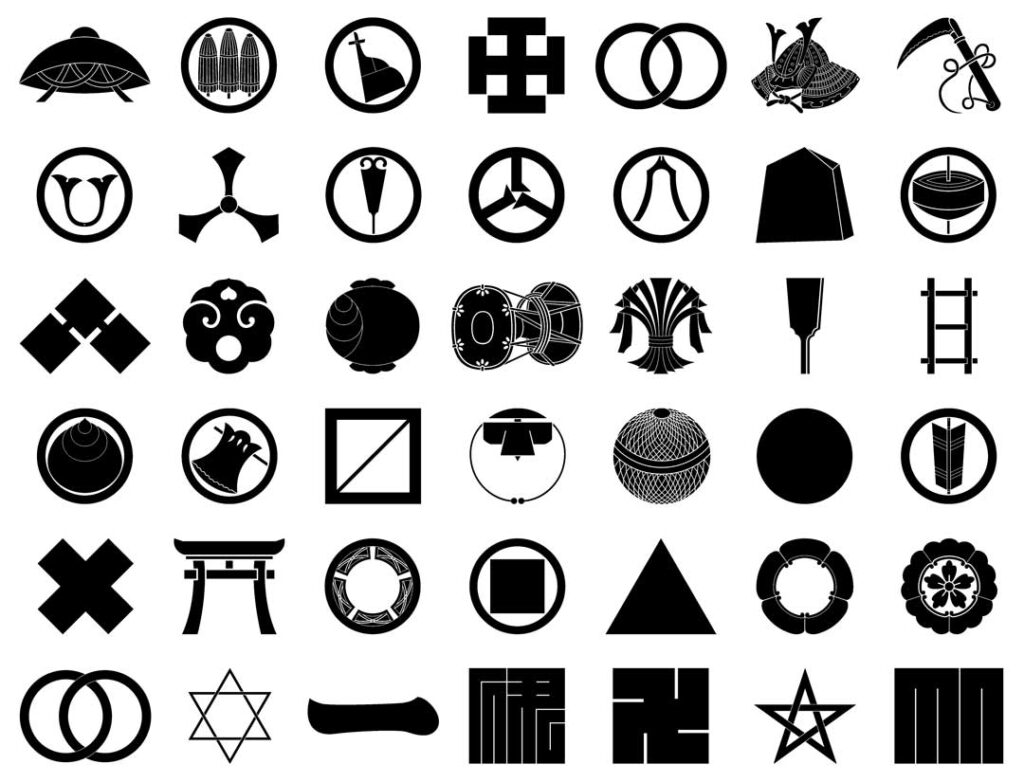
3 : Japanese Traditional Symbol – Wagara Pattern
Japanese symbols, often seen in the form of ‘Wagara’, represent disciplined patterns that combine traditional motifs in an orderly fashion.
Their roots extend back to Japan’s Heian period, originally inspired by designs from the 隋 Zui and 唐 Tho Dynasties on the Asian continent and brought to Japan during the Nara period.
These symbols have since absorbed and integrated elements from Japan’s distinct culture and trends, leading to the diverse and unique array of Japanese symbols we recognize today.

3 : Japanese Kanji Symbols
The exact number of Japanese kanji symbols is not known, but it is generally believed to exceed 100,000.
Of these, the number of kanji commonly used in Japan is said to be about 3,000.
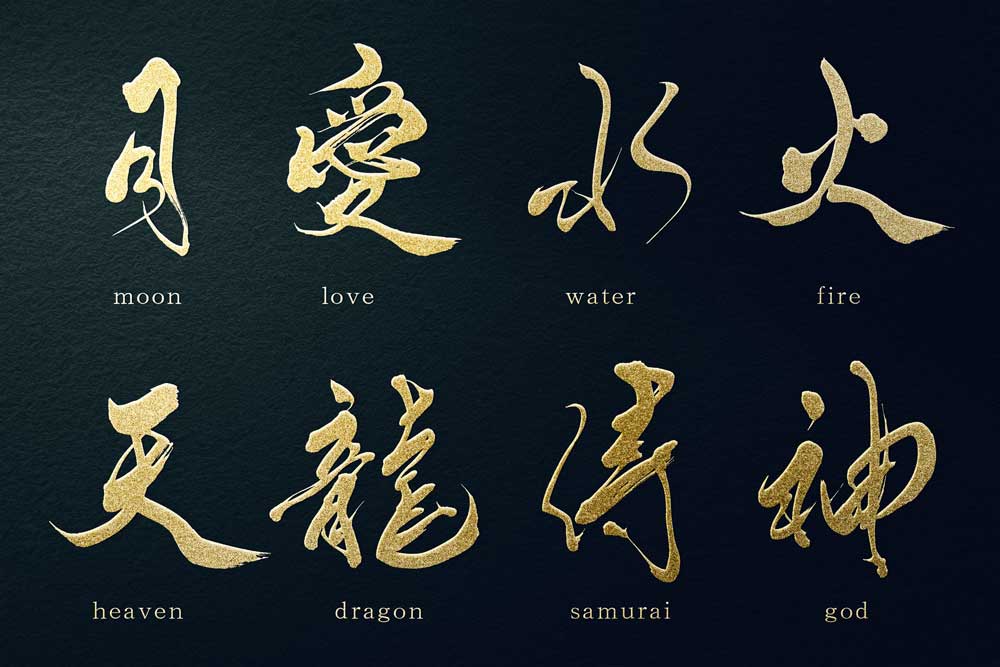
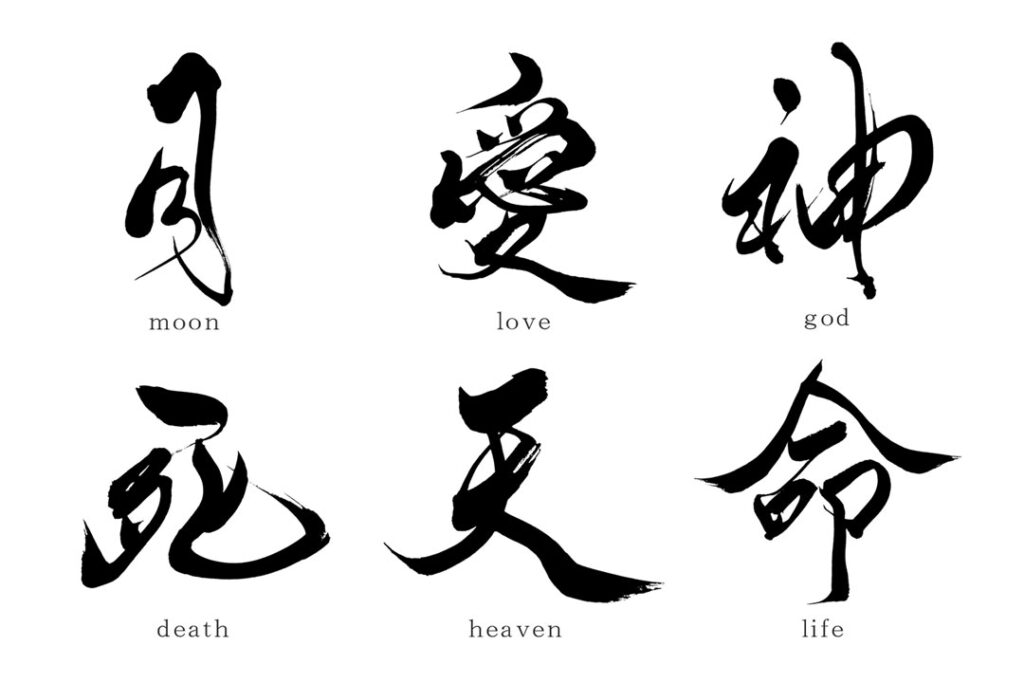
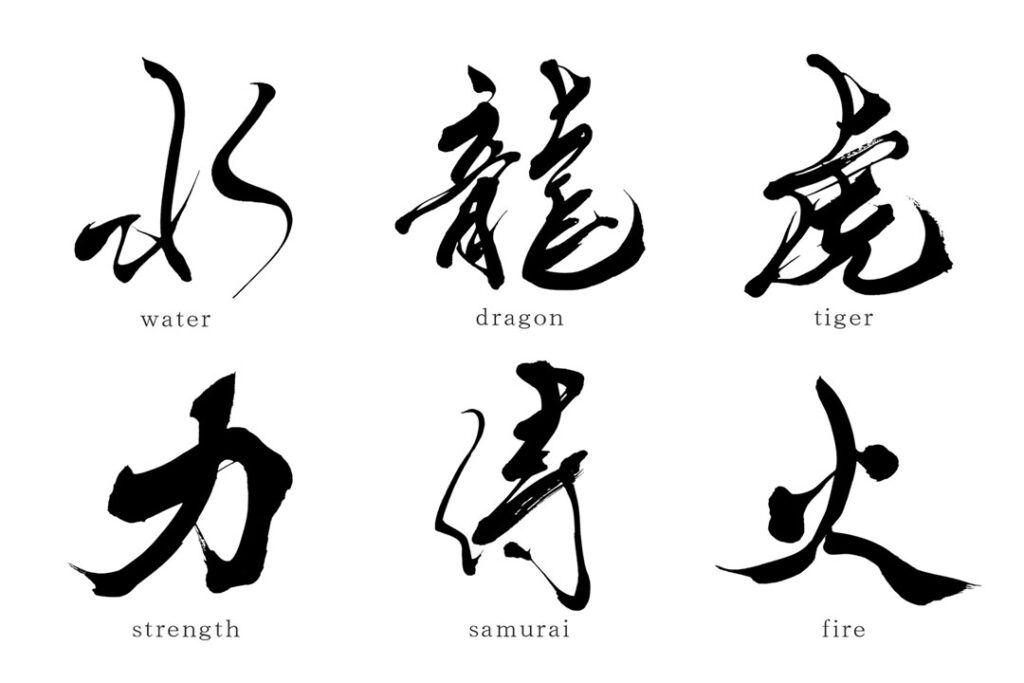
4 : Japanese Hiragana Symbols
Hiragana consists of 50 different symbols (50 syllables) and is used to describe Japanese things or when it is difficult or impossible to express in kanji.
Hiragana was created by omitting some of the letters from the Chinese characters used in China so that they could be written more quickly. For example, “a” is derived from “安” and “i” from “以”.
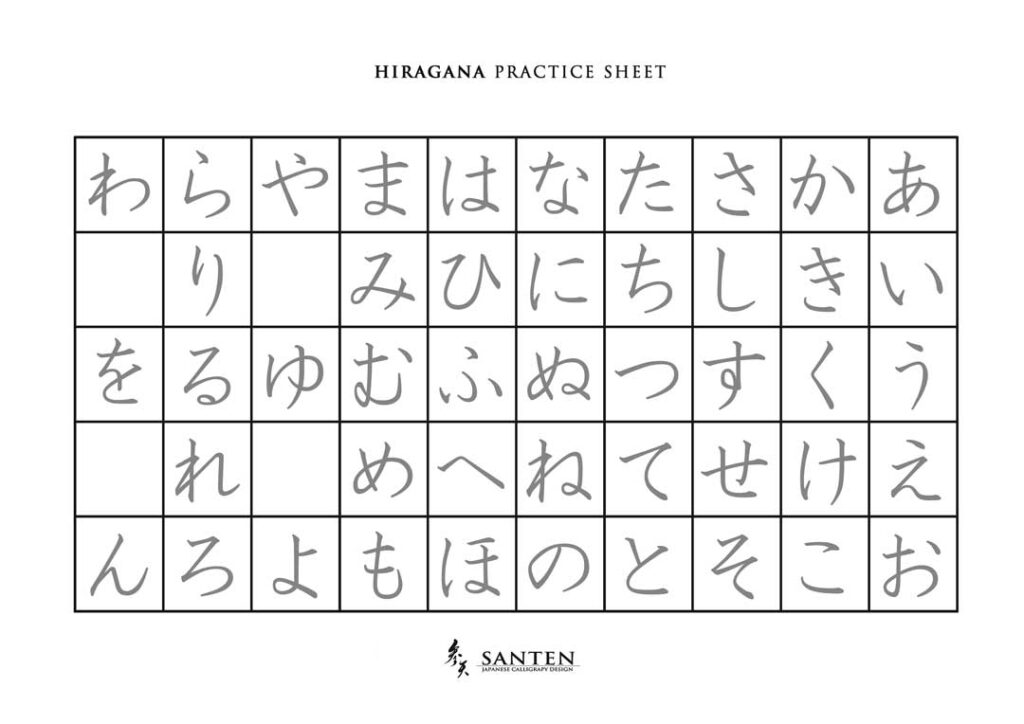
5 : Japanese Katakana Symbols
Katakana, like hiragana, has 50 different symbols and is used when Japanese kanji cannot be expressed or written in kanji.
Katakana differs from hiragana in that it is generally used for foreign names, names of foreigners, and foreign words.
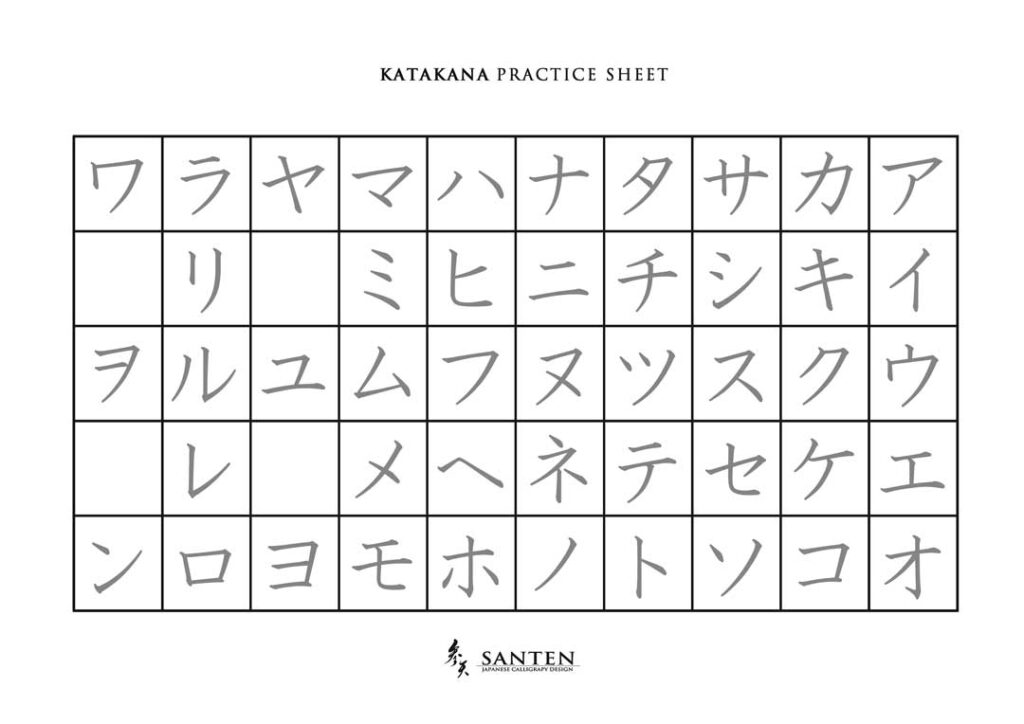
6 : Japanese Logo design Ideas
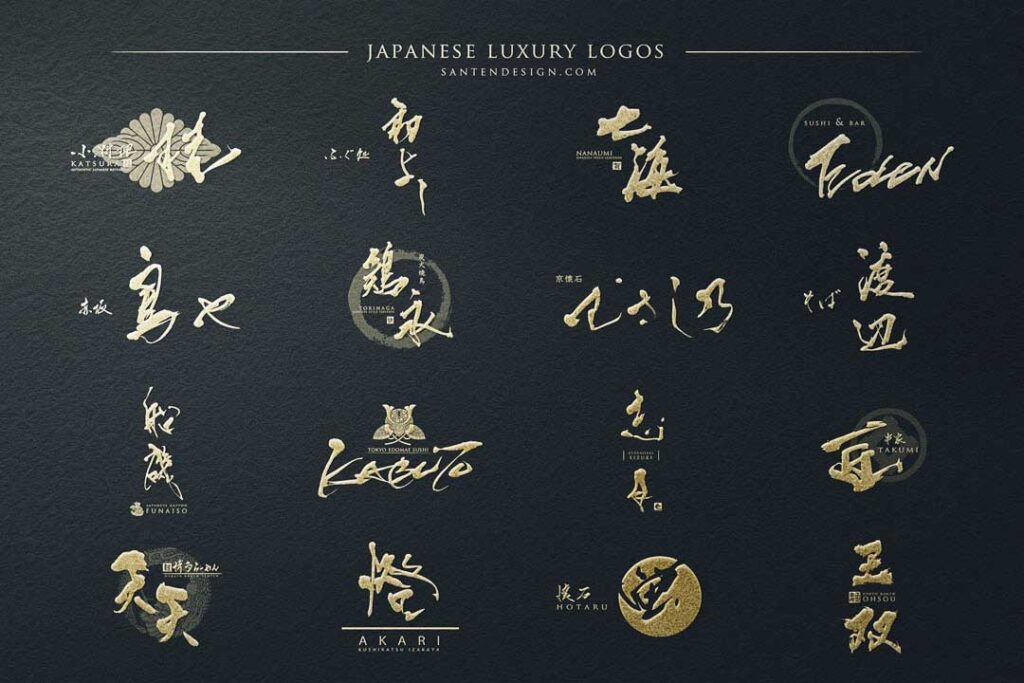
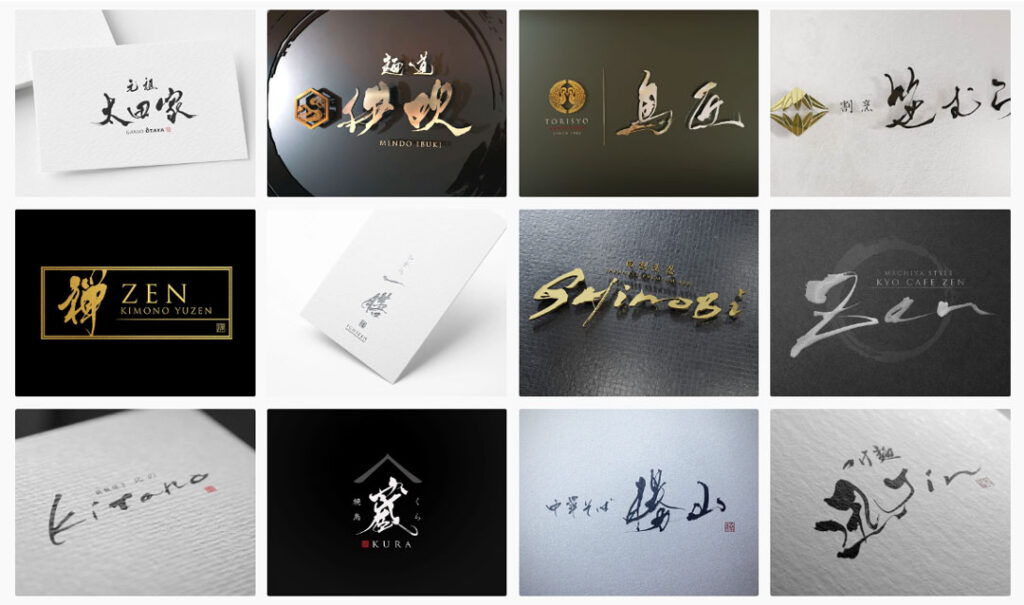
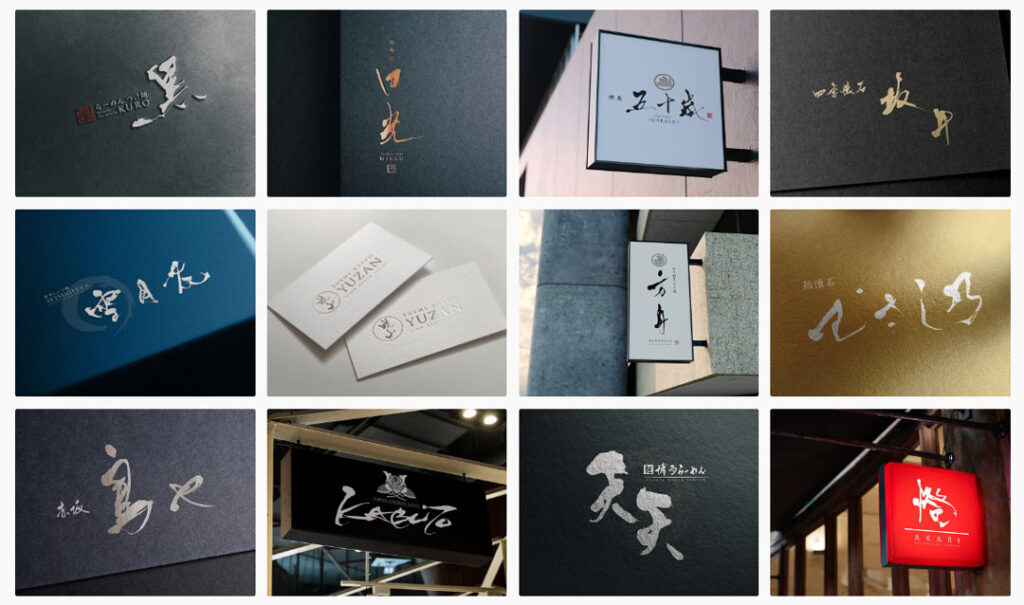
About Us
SANTEN Design is a company specializing in the production of brush lettering logos.
We specialize in the creation of flexible brush lettering logos to suit a variety of uses and requests.
We will be happy to provide you with quotations, consultations on various types of production,
and of course, detailed information on our achievements.
Please feel free to contact us for a quotation.

